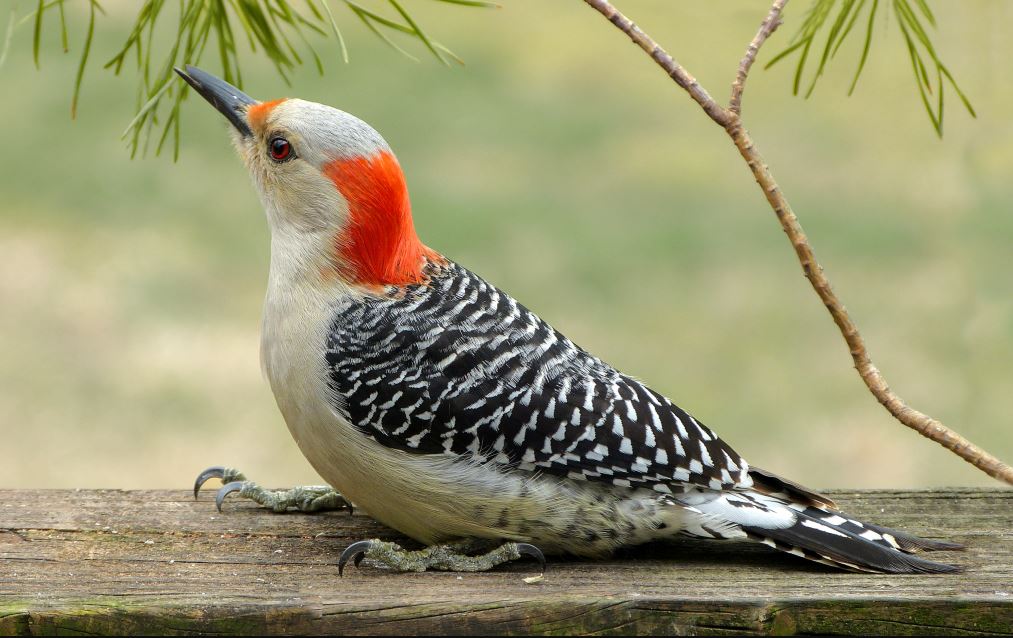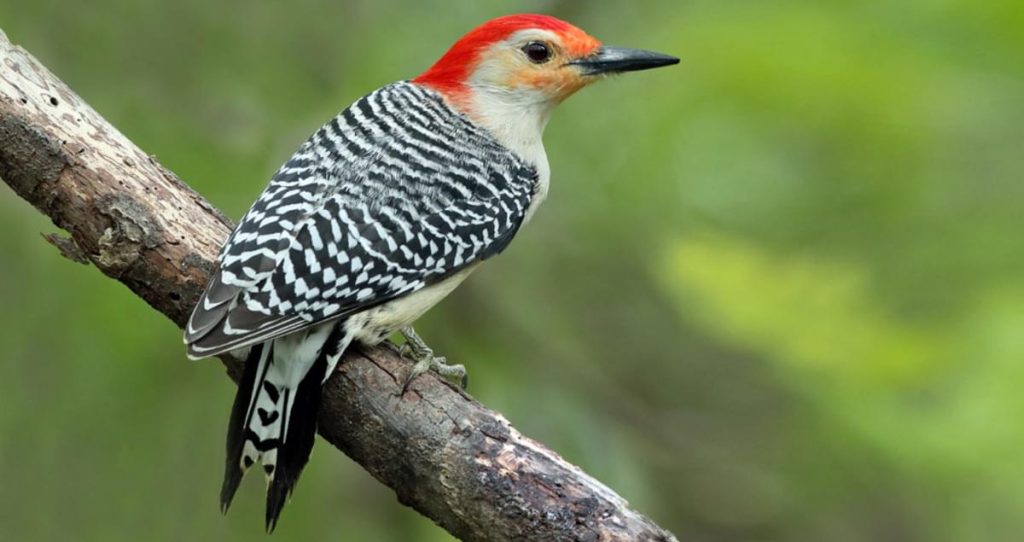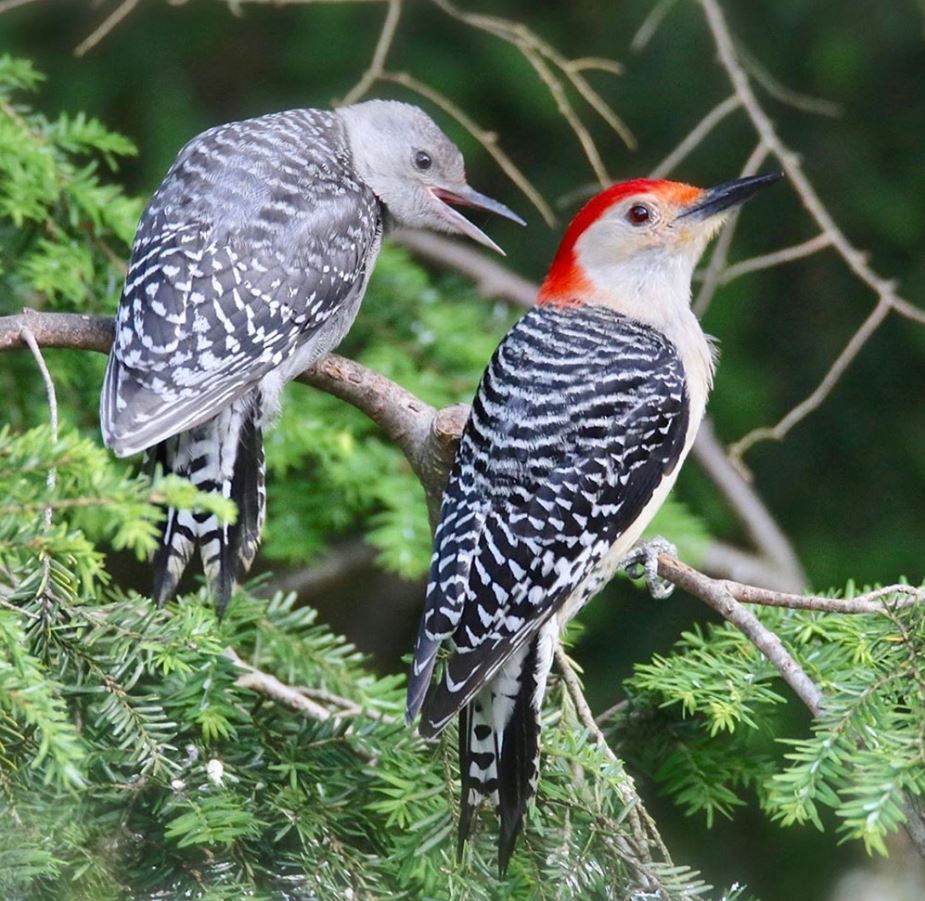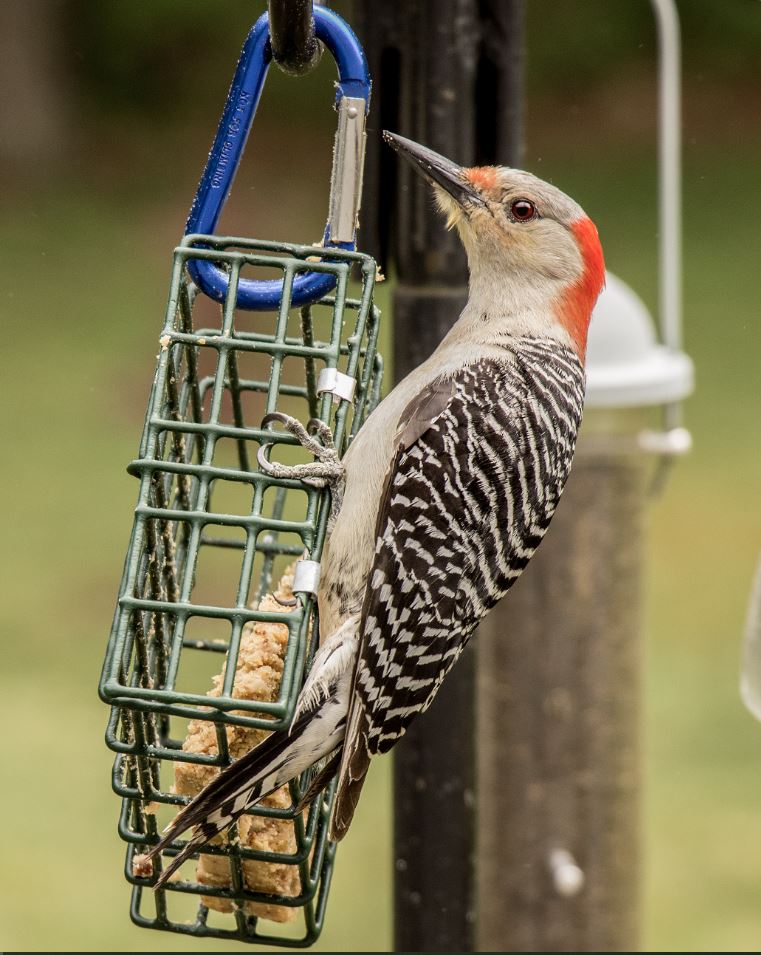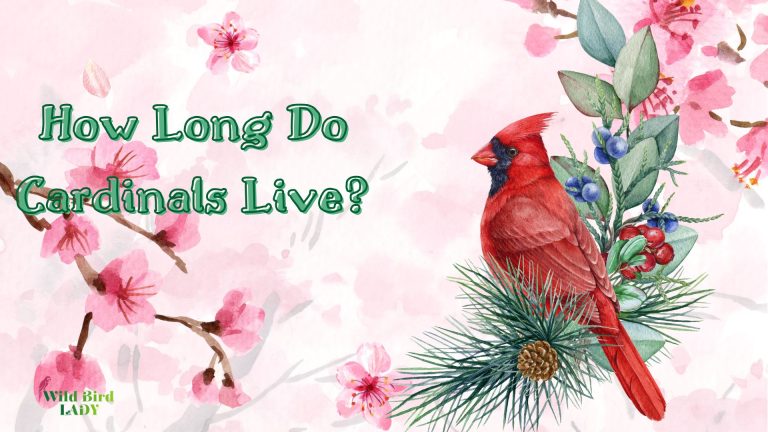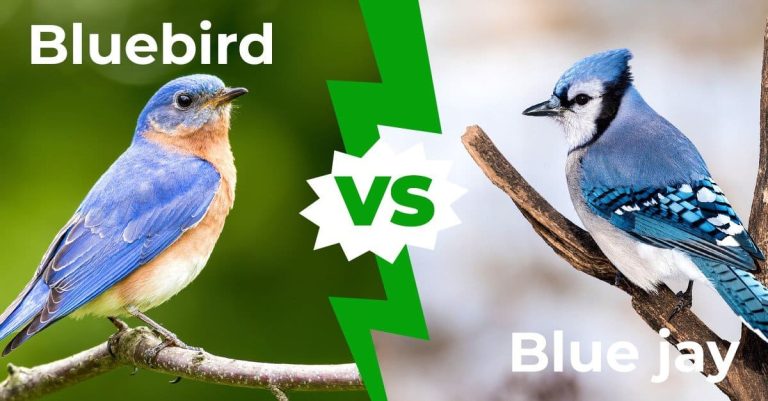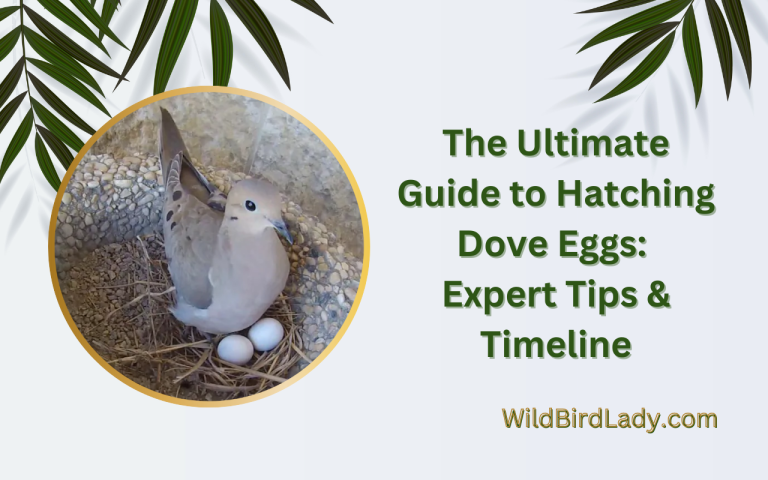Female Red-Bellied Woodpecker: Behavior, ID Tips, and Fascinating Facts
The red-bellied woodpecker is a striking and energetic bird that has captivated my attention since I first started birdwatching more than a decade ago. While both sexes share a lot of traits, the female red-bellied woodpecker possesses unique characteristics worth spotlighting—from her subtle head markings to her behavior around nesting sites.
In this comprehensive guide, I’ll help you identify female red-bellied woodpeckers, understand their behaviors, and even attract them to your backyard. Drawing from my own field notes and supported by trusted sources like the Cornell Lab of Ornithology, this article will give you a complete picture of these fascinating birds.
Quick Overview: Meet the Female Red-Bellied Woodpecker
- Scientific Name: Melanerpes carolinus
- Range: Eastern and Central United States
- Size: 9–10.5 inches long, wingspan ~16–18 inches
- Lifespan: Up to 12 years in the wild
- Diet: Insects, nuts, fruits, seeds, suet
- Distinctive Female Traits: Gray crown (not red), barred back, red nape, pale red belly
How to Identify a Female Red-Bellied Woodpecker
Many people ask me, “How do I tell the male and female apart?” The answer lies in the head.
Key Differences Between Male and Female:
| Feature | Male | Female |
|---|---|---|
| Crown | Bright red from bill to nape | Gray crown, red only on the nape |
| Nape | Red | Red |
| Belly | Faint red wash | Faint red wash (same as male) |
| Size | Slightly larger | Slightly smaller, but hard to detect in the field |
The female red-bellied woodpecker lacks the full red cap seen on males. Instead, she sports a grayish crown with the red restricted to the nape. This subtle feature is often best observed with binoculars or a good camera zoom.
Their name is a bit misleading—both sexes have only a pale reddish tinge on the belly, which is usually hard to see unless you’re lucky enough to catch one in full sunlight or mid-preen.
Field Tip from Rifat: If you see a red-bellied woodpecker at your feeder and the entire top of its head is red, it’s a male. If the red stops at the nape, it’s a female.
Range and Habitat: Where You’ll Find Her
Female red-bellied woodpeckers live across much of the eastern United States—from Florida and Texas up to New York and Minnesota. According to the Cornell Lab’s Birds of the World, their range has expanded slightly northward in recent decades due to warmer winters and suburban tree growth.
Preferred Habitats:
- Deciduous or mixed woodlands
- Suburban neighborhoods with mature trees
- Parks and forest edges
- Dead trees (snags) for nesting
Even in urban areas like Atlanta or Nashville, I’ve regularly spotted females tapping away at utility poles or backyard trees.
Behavior and Communication
Drumming and Calls
Unlike some bird species, both male and female red-bellied woodpeckers drum on trees or metal surfaces. Drumming isn’t just for foraging—it’s a vital part of communication and territory defense.
Their most common call is a loud “churr” or “kwirr” sound. Males tend to call more frequently, especially during breeding season, but females also vocalize and drum to assert their presence.
🔊 “The call of the red-bellied woodpecker is unmistakable once you learn it,” says the Audubon Field Guide. “It’s loud, rolling, and cuts through the woodland like a chainsaw.”
Nesting and Parenting Roles
Females play a major role in nesting—from selecting a cavity site (often in a dead tree) to incubating the eggs and feeding the chicks.
Here’s how the roles are typically divided:
- Excavation: Both sexes participate
- Egg-laying: Female lays 3–8 white eggs
- Incubation: Shared, but females often take the day shift
- Feeding chicks: Both parents feed the young with insects and regurgitated food
What Do Female Red-Bellied Woodpeckers Eat?
As omnivores, red-bellied woodpeckers have a varied diet that changes seasonally.
Primary Food Sources:
- Insects: Beetles, ants, grasshoppers, caterpillars
- Fruits: Berries, apples, persimmons, grapes
- Nuts: Acorns, pecans, hickory nuts
- Seeds: Sunflower seeds, safflower
- Tree sap: Occasionally
- Suet: Especially in winter
Females forage by probing bark crevices or flying to catch insects midair. In fall and winter, they often stash food in tree cavities for later use—a behavior known as caching.
Breeding Season: How Females Choose a Mate
From late March through early June, female red-bellied woodpeckers enter breeding mode. Courtship involves:
- Drumming duets
- Head bobbing displays
- Mutual feeding
Interestingly, females may sometimes compete for males, especially in areas with skewed sex ratios. Once paired, they remain monogamous during the season and often reuse the same cavity site year after year.
Raising Young: The Female’s Role
I’ve had the pleasure of observing nesting pairs over multiple weeks. One female I watched in central Georgia diligently took turns incubating eggs and feeding chicks with her mate.
Nesting Facts:
- Incubation period: 12 days
- Nestling period: 24–27 days
- Fledglings stay close for 2–3 weeks after leaving the nest
Females defend the nest fiercely and may chase away squirrels, jays, or other woodpeckers. Their commitment to raising young is remarkable.
Conservation and Threats
While red-bellied woodpeckers are not currently threatened, their nesting needs make them vulnerable to habitat loss.
Threats to Female Woodpeckers:
- Tree removal: Fewer dead trees = fewer nesting sites
- Climate change: Alters insect availability
- Window strikes: Especially during dispersal season
- Predators: Snakes, raccoons, and even domestic cats
According to the North American Breeding Bird Survey, red-bellied woodpecker populations have increased by over 1% per year since the 1960s—a hopeful sign that they adapt well to suburban environments.
How to Attract Female Red-Bellied Woodpeckers
Want to see one up close? Here are my top backyard tips:
Feeder Favorites:
- Suet cakes (especially with peanut or berry)
- Shelled peanuts
- Black oil sunflower seeds
- Fruit slices (especially oranges and apples)
Natural Attractions:
- Leave dead limbs or tree snags standing
- Plant native fruit-bearing trees (e.g., dogwood, serviceberry)
- Offer a water source like a birdbath or dripping fountain
- Avoid pesticides to ensure a healthy insect population
Female Red-Bellied Woodpecker vs. Other Woodpeckers
People often confuse red-bellied woodpeckers with other red-headed birds. Here’s how the female red-bellied woodpecker compares:
| Species | Key Differences |
|---|---|
| Red-headed Woodpecker | Entire head is red (both sexes), bold black-and-white wings |
| Downy Woodpecker | Much smaller, less red on head, white belly |
| Northern Flicker | Brownish body, spotted belly, black crescent on chest |
Fascinating Facts About Female Red-Bellied Woodpeckers
- She may outlive the male in some pairs, continuing to reuse the same cavity site with a new partner.
- She can store food in bark crevices—sometimes dozens of acorns!
- Females have been observed pecking at windows—not aggression, but likely reacting to reflections or hunting insects.
Final Thoughts from Rifat Ahmed
Over the years, I’ve come to admire the female red-bellied woodpecker not just for her beauty, but for her resilience. She adapts to urban life, fiercely defends her nest, and plays a vital role in woodland ecosystems.
If you’re lucky enough to spot one in your backyard, take a moment to appreciate her subtle crown, her sharp calls, and the quiet strength she brings to the treetops.
FAQs About Female Red-Bellied Woodpeckers
Q: Do females make the same sounds as males?
A: Yes, though males may vocalize more frequently, females use the same repertoire of calls and drumming.
Q: Will a female red-bellied woodpecker return to the same nest?
A: Often, yes. If the cavity remains intact and undisturbed, she may return for multiple seasons.
Q: Are they aggressive?
A: Only when defending a nest. Otherwise, females are shy but curious.
Q: Can females drum on metal?
A: Absolutely! They sometimes drum on gutters or poles to amplify their signal—especially during breeding season.

